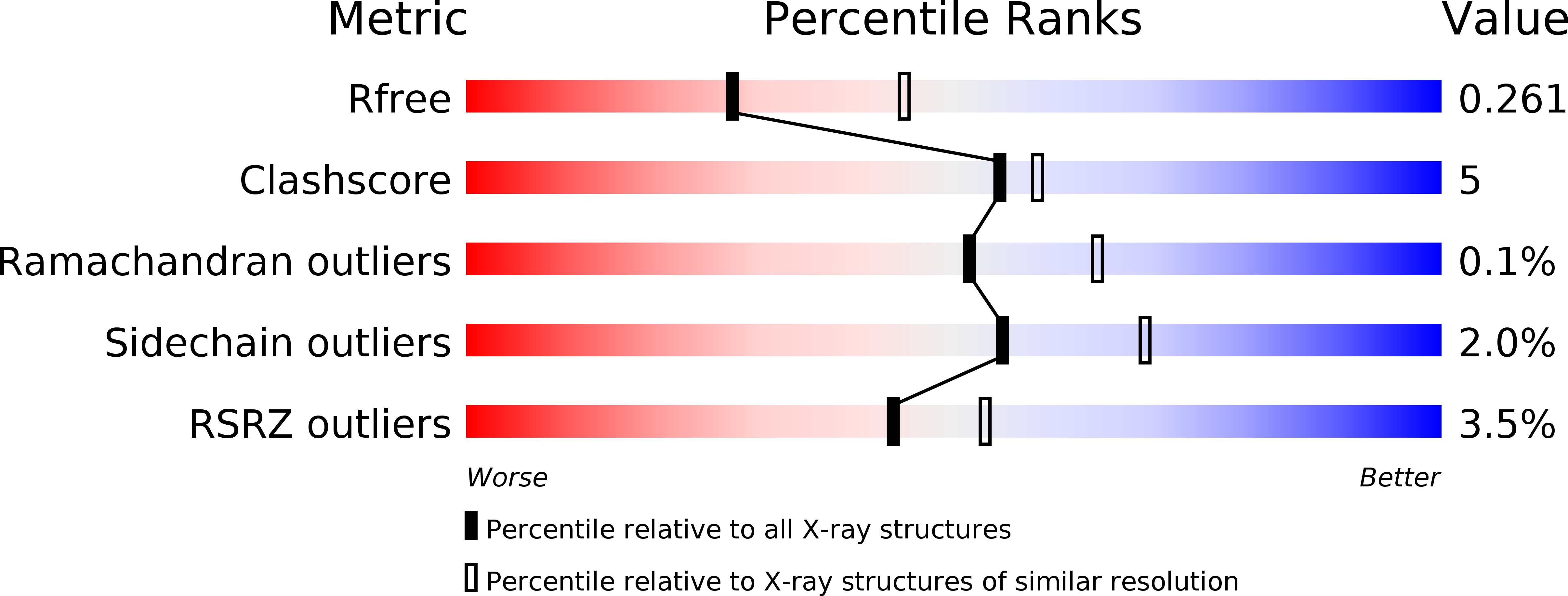
Deposition Date
2012-05-30
Release Date
2012-07-04
Last Version Date
2024-11-13
Entry Detail
Biological Source:
Source Organism:
Thermoanaerobacter tengcongensis (Taxon ID: 273068)
Host Organism:
Method Details:
Experimental Method:
Resolution:
2.56 Å
R-Value Free:
0.25
R-Value Work:
0.20
R-Value Observed:
0.20
Space Group:
P 21 21 21


